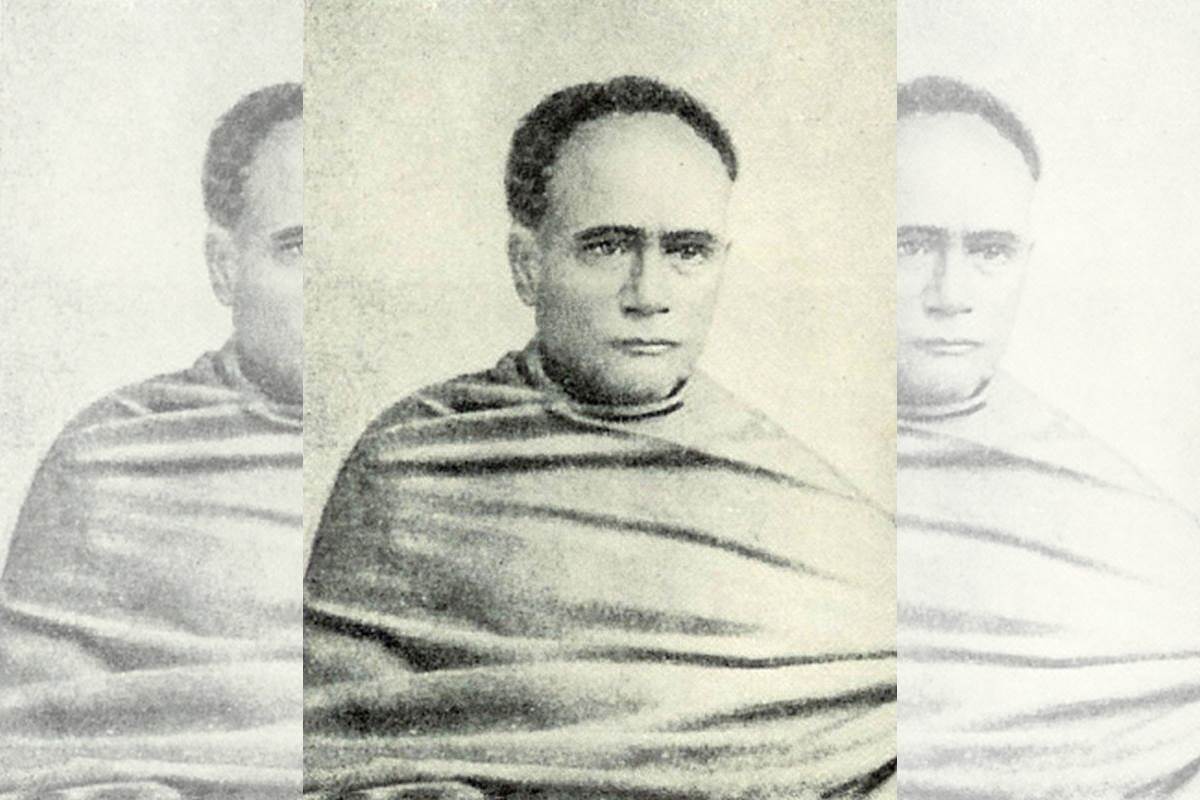It is said that memory is selective. Add to that the fact that it could also be selectively short. It is somewhat ironic that many Bengalis, now greatly agitated over the vandalism perpetrated on a statue of Ishwar Chandra Vidyasagar on May 15, 2019, allegedly by ‘goons’, appear to have overlooked the events of 1970, when in the name of a ‘cultural revolution’ led by Ultra Left Bengali ideologues and their organ, the Deshabrati, a Vidyasagar statue was publicly beheaded. Also, if, as claimed by offended Bengalis, the vandalism was a part of a larger and orchestrated attack by non-Bengalis on the Bengali culture, many are blaming the people of Bengal themselves for projecting Vidyasagar as their ‘holy cow’.
The fittest occasion to commemorate Vidyasagar would have been his approaching 200th birth anniversary in 2020, but the recent unfortunate incidents do call for some introspection and self-reflexivity, more so in relation to his birthplace—West Bengal.
The best commentary on Vidyasagar and his work is ‘Vidysagarcharita’, an essay by Rabindranath Tagore that appeared in the collection Charitrapuja (1907). In a fiercely self-critical vein, the Nobel laureate observes how dissimilar Vidyasagar, the educationist and reformer, was compared to his contemporaries.
The average Bengali exhibited a lot of faith, Tagore argued, but not the will to make this actionable—he fussed over work without performing much work. The average Bengali took pride in emulating his English superiors, delighted to be patronisingly acknowledged by them but, above all, thrilled by his own cleverness with the use of vacuous words. Vidyasagar, in Tagore’s perception, was the living antonym of all these traits. A self-made man who grew in stature through sheer diligence and determination, a man for whom yatna (effort) and unnati (progress) remained the key words and made up his moral and pedagogic code, but more tellingly, a man for whom self-respect and self-determination gave vital meaning to human life. It was an indigenous view of contemporary problems and the functions of an improving indigenist that he represented as opposed to the ignominy of an alienating, colonialist education and West-inspired reform.
Prima facie, this looks quite extraordinary given the fact that Vidyasagar otherwise opposed state spending on traditional Hindu education, and firmly believed that Hindu students and scholars needed to suitably groom themselves in the new knowledge coming from the West.
Vidyasagar is primarily known for his contribution towards creating a Bengali primer, the Borno Parichay, and for his serious and sustained efforts at improving the status of the Hindu woman and wife. He had little interest in religion, focusing exclusively on social issues. It was quite uncharacteristic of the man not to honour his commitments and perhaps there is some meaning attached to the fact that he failed to pay a return visit to Sri Ramakrishna, the saint from Dakshineswar, who once called on him to be acquainted with the man they called an ‘ocean of learning’ (Vidyasagar).
Perhaps this is not so surprising given the fact that Vidyasagar had little faith in a reportedly compassionate and omnipotent God who was powerless to prevent wanton injustice and oppression perpetrated by the strong over the weak. Like his friend and contemporary, the Bengali thinker Akshay Kumar Dutta, he was primarily a rationalist and encouraged Baconian thought which, they both believed, enhanced the powers of scientific reasoning and observation. Religion, he tried to substitute with nitishastra—a moral code capable of binding human beings to the virtues of manliness—honest labour and compassion. Evidently, such ideas were modelled on bourgeois thought in contemporary England, best articulated in the Scottish writer Samuel Smiles’s books Self Help (1859), Character (1871), and Thrift (1875).
Vidyasagar authored a Bengali primer but did practically nothing towards furthering primary education in Bengal, a fact that may partly account for his unpopularity with the Left. He was also faulted by contemporaries, like the novelist Bankim Chandra Chattopadhyay, for taking recourse to social legislation on the basis of sanctions provided by Hindu scriptures. In the opinion of Chattopadhyay and some others, this was but a retrogressive step that ill-fitted the man.
[This article is part of Saha Sutra on www.sahapedia.org, an open online resource on the arts, cultures and heritage of India. Amiya P. Sen is a historian with an interest in the intellectual and cultural history of modern Indiaand has written extensively on figures from colonial Bengal including ‘Religion and Rabindranath Tagore. Select Discourses, Addresses and Letters in Translation’ (2014).]












